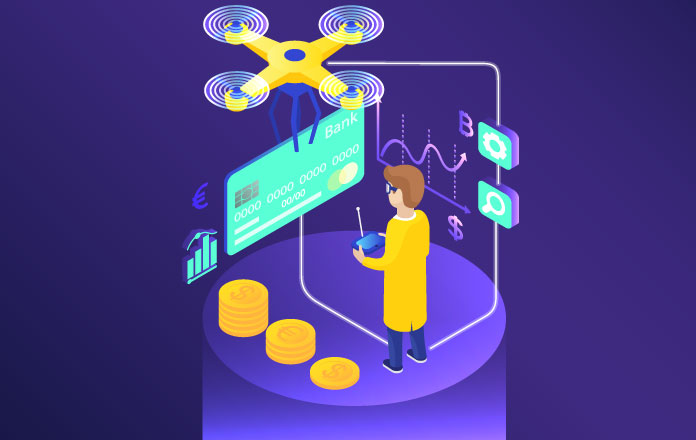In recent years, Virtual Reality (VR) and Augmented Reality (AR) have moved beyond the realms of gaming and entertainment, expanding into the domain of digital payments. As technology continues to evolve, the convergence of VR and AR with digital payments is reshaping the way we engage with financial transactions.
Immersive Payment Experiences in Virtual Reality
Virtual Reality provides users with a simulated environment that can replicate the physical world or create entirely new and immersive spaces. In digital payments, VR enhances user experiences by making transactions more engaging and user-friendly.
One significant application of VR in digital payments is the creation of virtual marketplaces. Users can navigate through these digital environments, browse products, and make purchases using VR controllers. Imagine entering a virtual mall where you can view and interact with products before making a payment, creating a shopping experience that closely mirrors the physical world.
Furthermore, VR enables secure and seamless payment processes through innovative authentication methods. Users can complete transactions using biometric data, such as facial recognition or fingerprint scanning, adding an extra layer of security to digital payments.
Augmented Reality: Enhancing In-Store Purchases
While VR immerses users in virtual environments, Augmented Reality enhances the real-world experience by overlaying digital information onto the physical surroundings. In the context of digital payments, AR is revolutionizing in-store purchases and bringing a new dimension to the way we shop.
AR-powered applications on smartphones or smart glasses can provide real-time information about products, prices, and reviews simply by pointing the device at a physical item. This seamless integration of digital information into the real-world shopping experience streamlines decision-making and offers users a more informed purchasing process.
Moreover, AR is making strides in contactless payments. By leveraging AR technology, users can make payments by scanning items or QR codes directly through their AR-enabled devices. This reduces the need for physical payment methods and minimizes contact, aligning with the growing demand for touchless transactions.
Challenges and Opportunities
While the integration of VR and AR into digital payments presents exciting possibilities, it is not without its challenges. Privacy and security concerns arise as users engage in transactions within virtual or augmented spaces. Ensuring robust encryption, secure authentication methods, and user data protection will be crucial in building trust within these emerging payment ecosystems.
Additionally, widespread adoption of VR and AR technologies is necessary for these innovations to reach their full potential. The cost of VR headsets and AR devices, as well as the need for powerful hardware, may currently limit accessibility. However, as technology advances and becomes more affordable, these barriers diminish, paving the way for broader adoption.
Future Trends and Concluding Thoughts
The future of digital payments in VR and AR holds exciting possibilities. As technology advances, we can expect more immersive and secure payment experiences. The development of decentralized finance (DeFi) platforms within virtual environments, blockchain integration for transparent transactions, and the exploration of virtual currencies are just a few trends that may shape the landscape of VR and AR digital payments.
In conclusion, the fusion of VR and AR with digital payments is transforming the way we conduct financial transactions. From immersive virtual marketplaces to augmented in-store experiences, these technologies are enhancing user engagement and reshaping the future of commerce. While challenges exist, the potential benefits and opportunities for innovation make the convergence of VR, AR, and digital payments an exciting frontier to explore. As technology evolves, we can anticipate a seamless and immersive future where transactions become more than just financial exchanges but holistic, interactive experiences.




